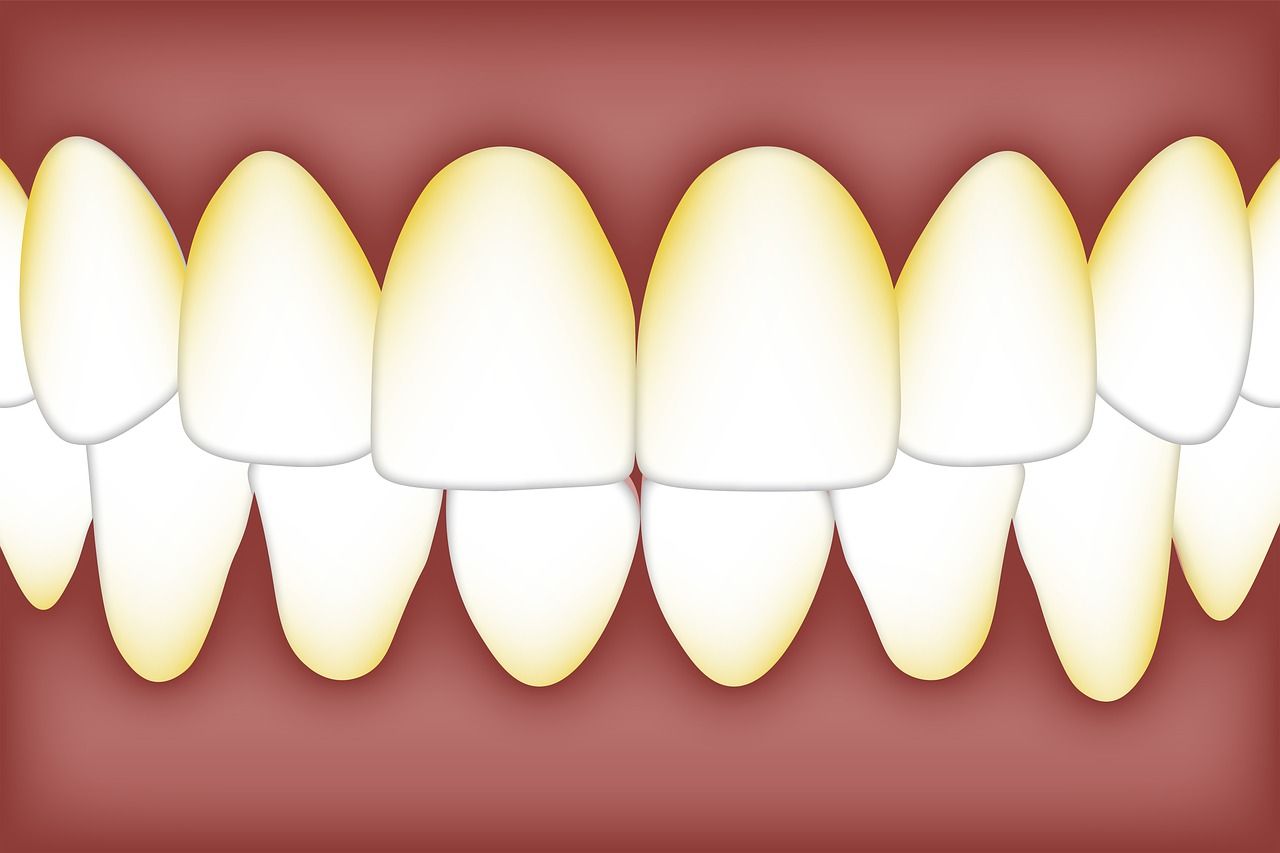Follow us on Google News (click on ☆)
Dental plaque is a colorless bacterial film that adheres to our teeth and traps food particles. Its development begins with the attachment of bacteria to the salivary proteins present on the enamel.

In yellow, the location of dental plaque.
Illustration image Pixabay
Cavities form when the bacteria in plaque feed on the sugars present in our diet, producing acids that attack the enamel. Purnima Kumar, a professor at the University of Michigan, points out that this process is slow and can take several months, or even years.
Enamel, composed of calcium phosphate, is the hardest substance in the human body, protecting the dental pulp from external aggressions. The acids produced by bacteria do not instantly destroy the enamel, but with prolonged contact, they can breach this barrier.
Certain factors increase the risk of cavities, such as dry mouth, which reduces saliva production, a key element in protecting teeth. Children and the elderly are also more likely to develop cavities, often due to inadequate dental hygiene practices and diets high in sugars.
Advances in dental prevention recommend paying special attention to oral hygiene and diet to preserve the integrity of the enamel and prevent the formation of cavities.